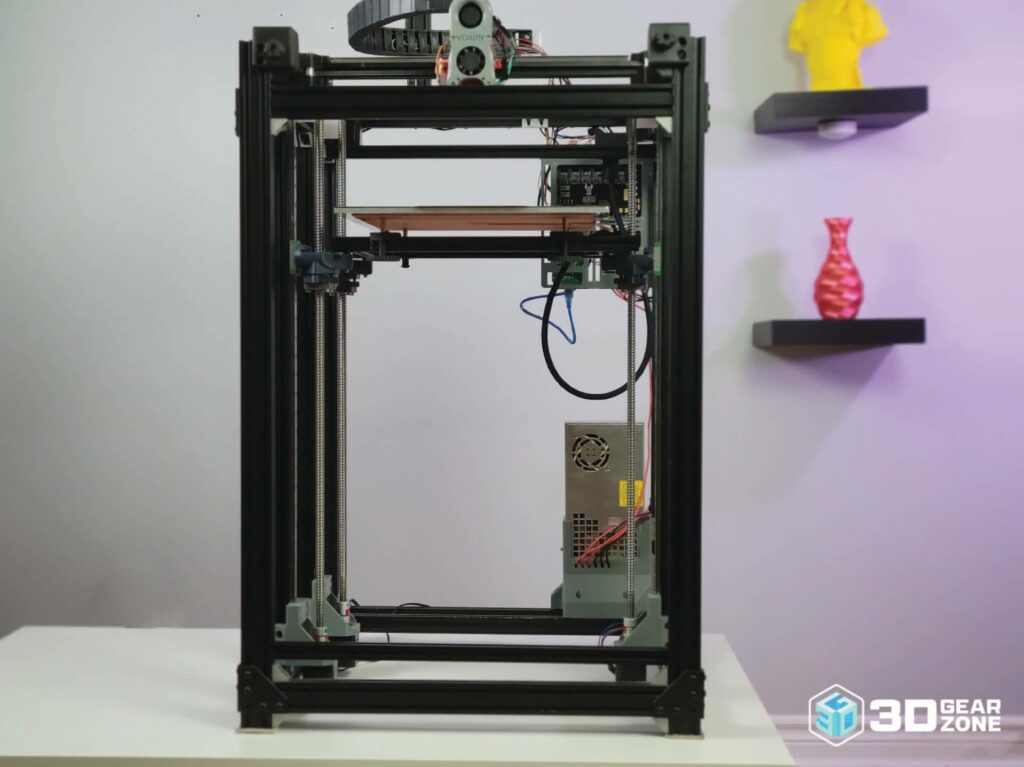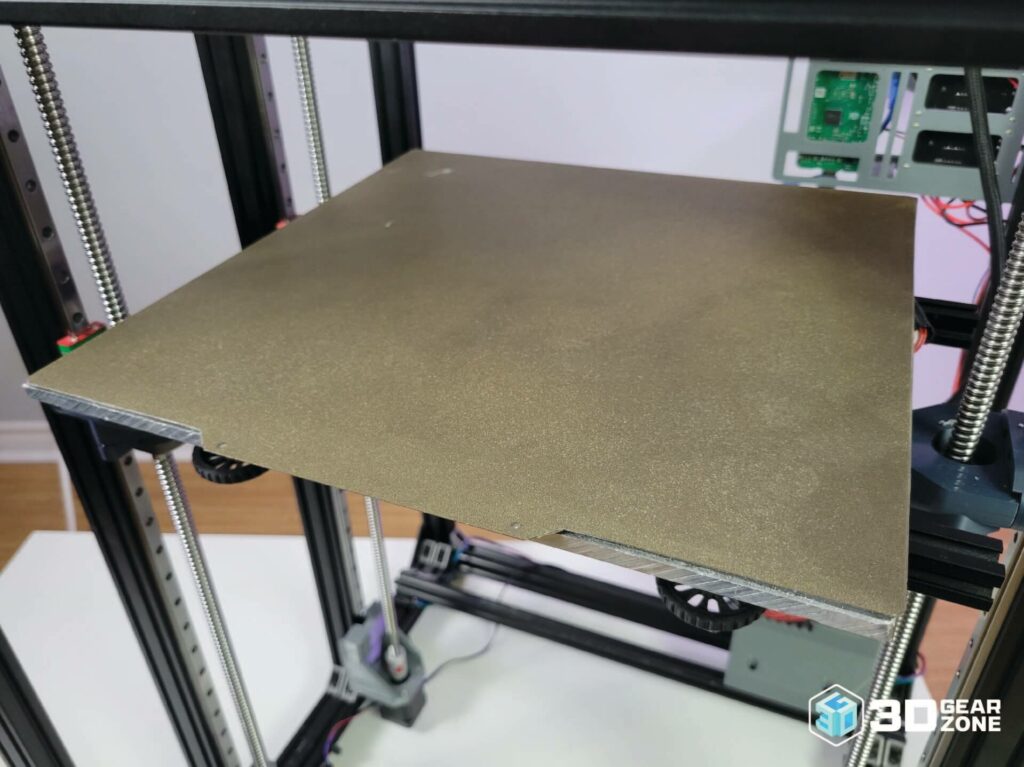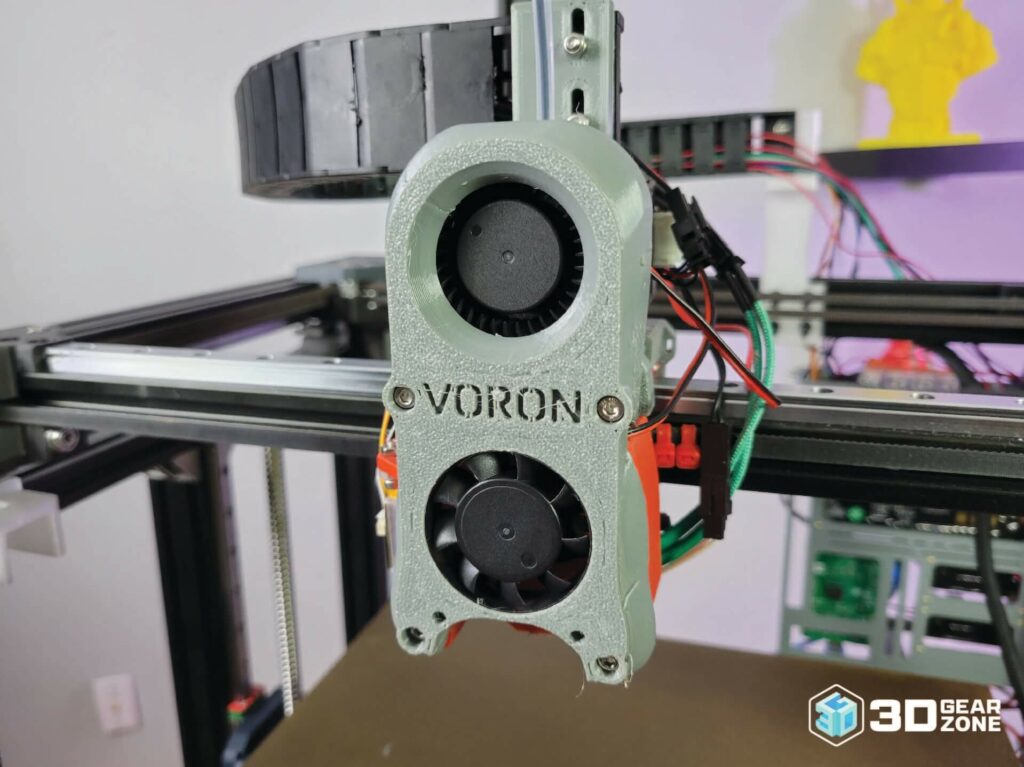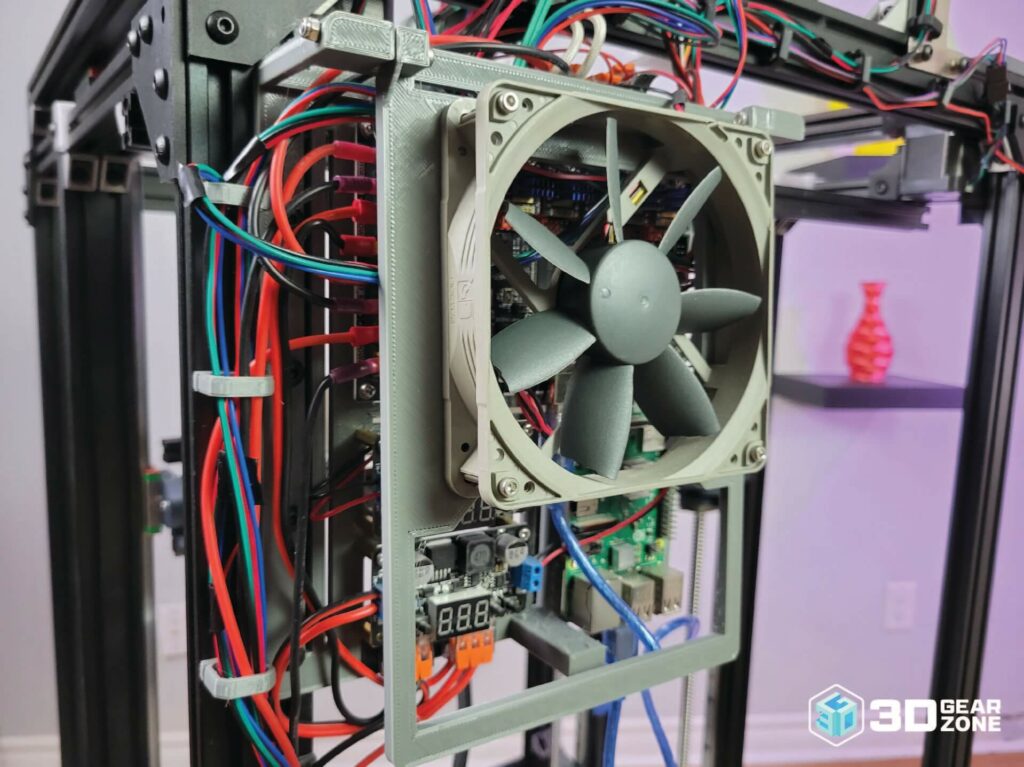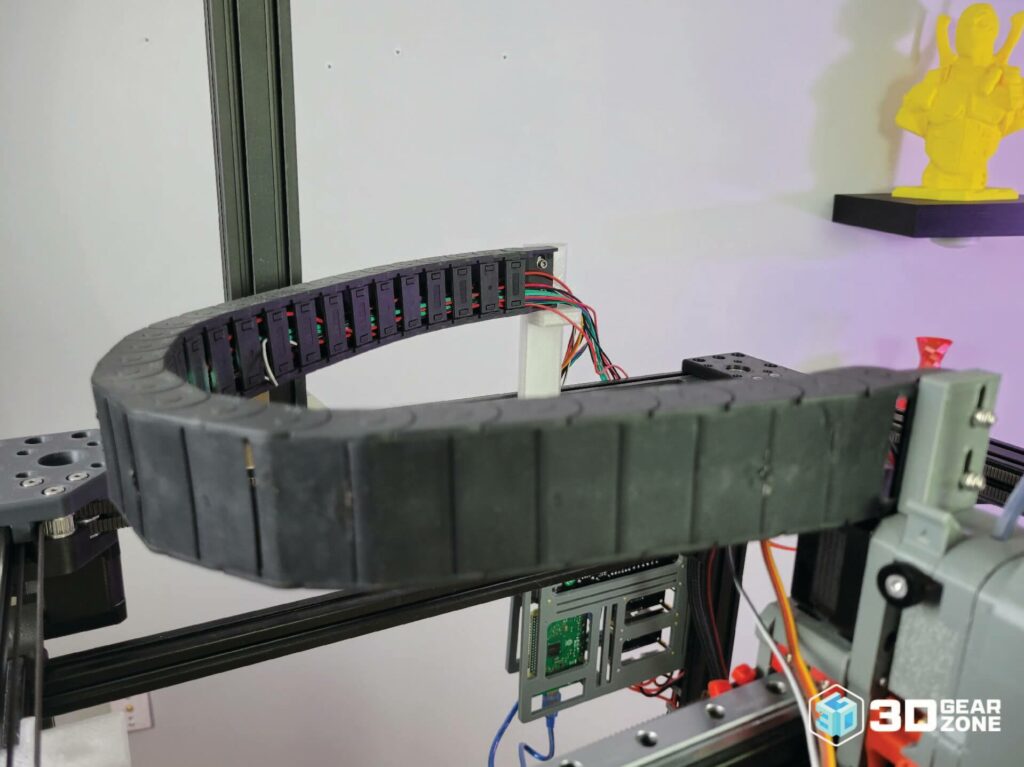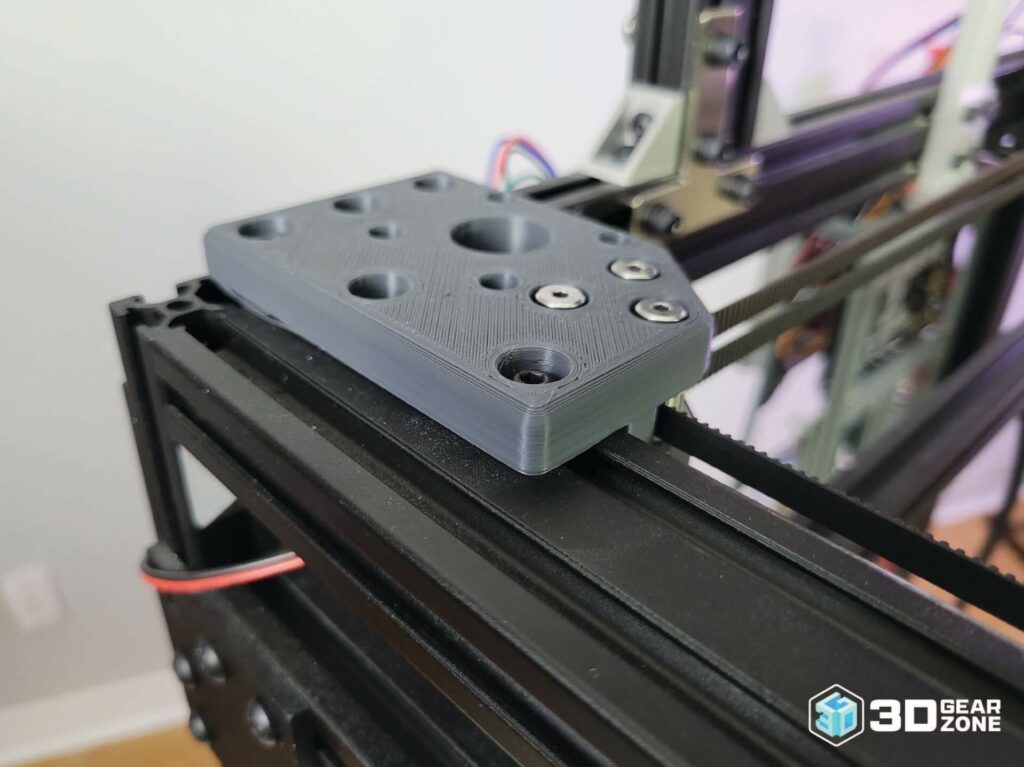The Pros
- Good print quality
- Extremely adaptable to aftermarket parts, mods and upgrades
- Cheapest large format CoreXY 3d printer
- Large and active community
The Cons
- Very poor heated bed from the AliExpress kit
- Poor documentation requires expert knowledge for assembly
- Tuning required to get the most out of the kit



